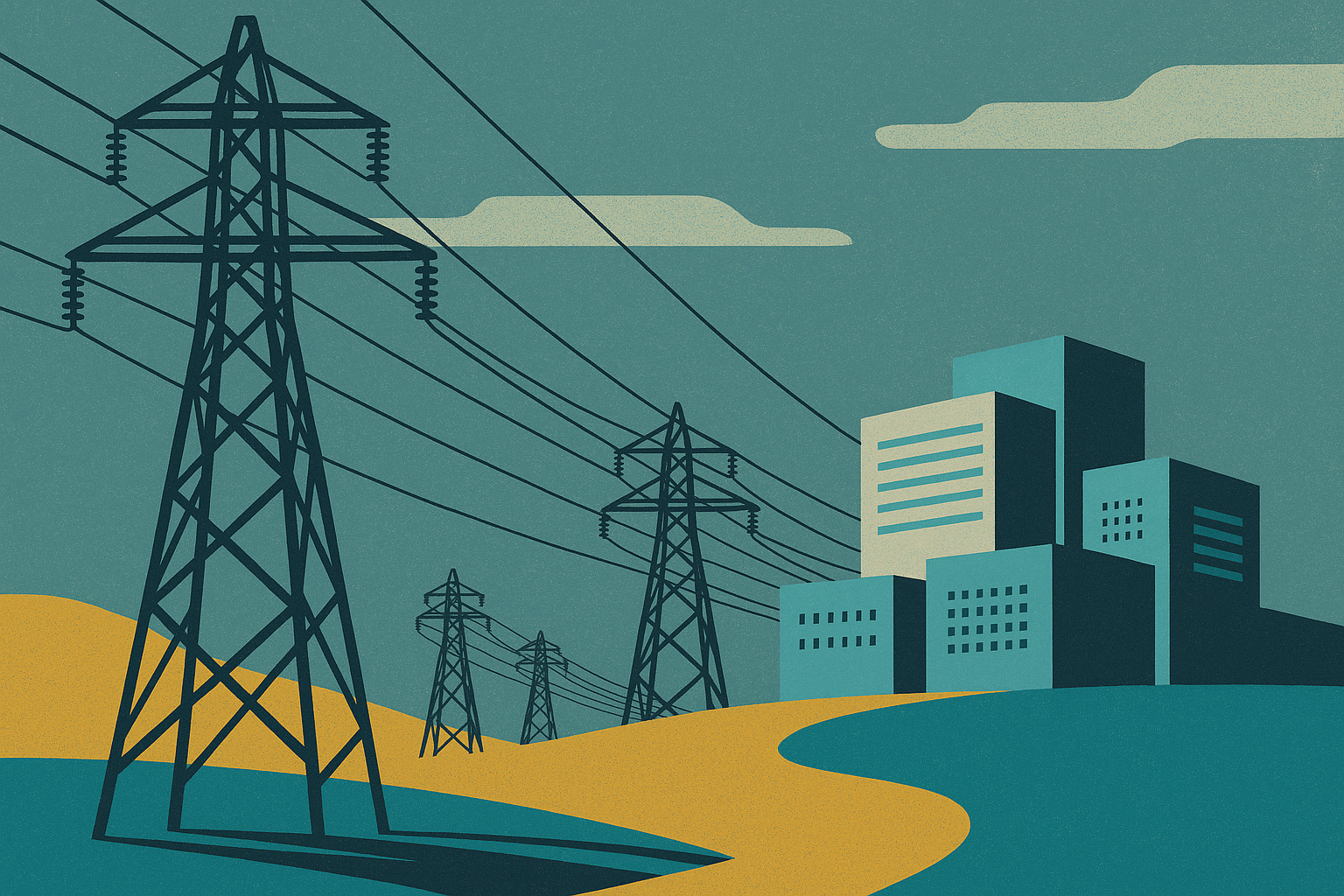Europe’s future as a hub for AI-powered innovation could be undermined by delays in connecting data centres to national electricity grids. A new report from energy think tank Ember warns that poor grid planning risks shifting billions in investment away from the continent’s traditional tech strongholds.
The report finds that by 2035, up to half of Europe’s data-centre capacity could move away from the established FLAP-D cities — Frankfurt, London, Amsterdam, Paris, and Dublin — due to slow connection times. In some areas, developers face delays of up to 13 years. Italy, by contrast, is offering connection times as short as three years.
The financial stakes are considerable. According to Ember, data centres contributed €10.4 billion to Germany’s GDP in 2024 and were expected to more than double by 2029. The report states that losing future projects would impact local jobs and investment. “Grids are ultimately deciding where investments go… they are now effectively a tool to attract investment,” said Elisabeth Cremona, senior energy analyst at Ember.
Electricity demand from data centres is forecast to triple in Sweden, Norway, and Denmark by 2030, with a three- to five-fold increase expected in nine other EU countries by 2035. Only France is projected to maintain sufficient grid availability to support continued growth in the sector.
On 2 June 2025, the European Commission published new guidance urging “anticipatory investments” in electricity infrastructure, referencing the need for €730 billion in distribution grid upgrades and €477 billion in transmission expansion by 2040. The document supports the goals of the 2023 EU Action Plan for Grids and calls for streamlining permitting processes — an area Ember also identifies as a key constraint.
As global demand for AI infrastructure grows, southern and central European markets with faster grid access, lower land costs, and investment incentives are becoming increasingly attractive. Ember concludes that unless grid expansion becomes a core part of industrial planning, Europe risks losing its competitive position in the global data economy.


